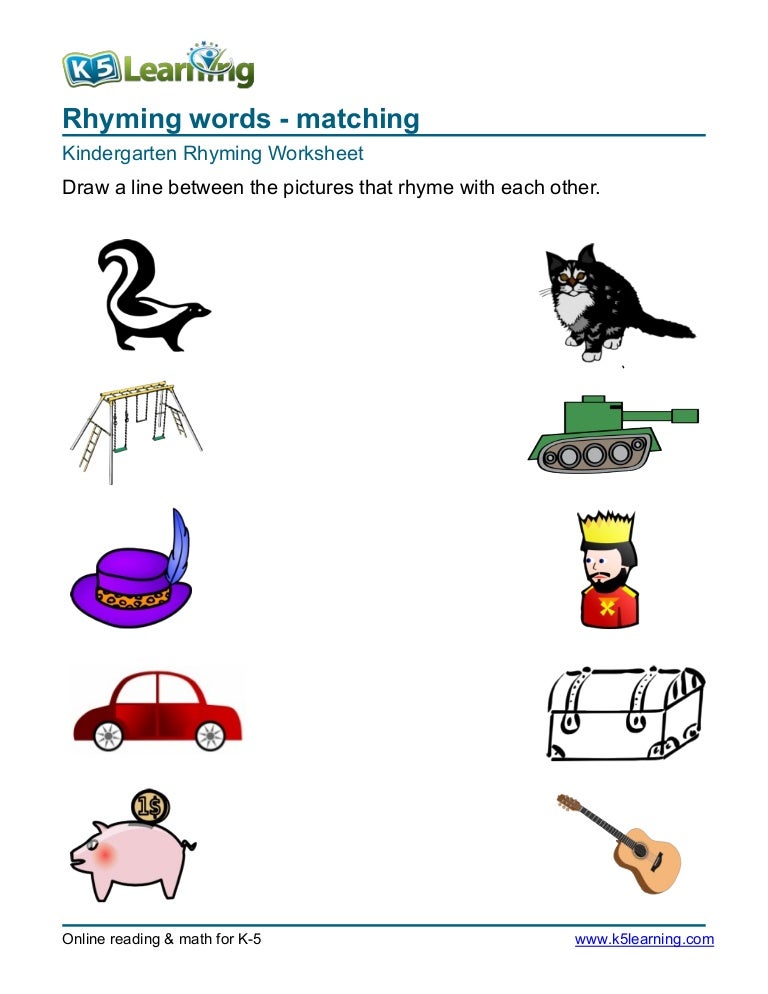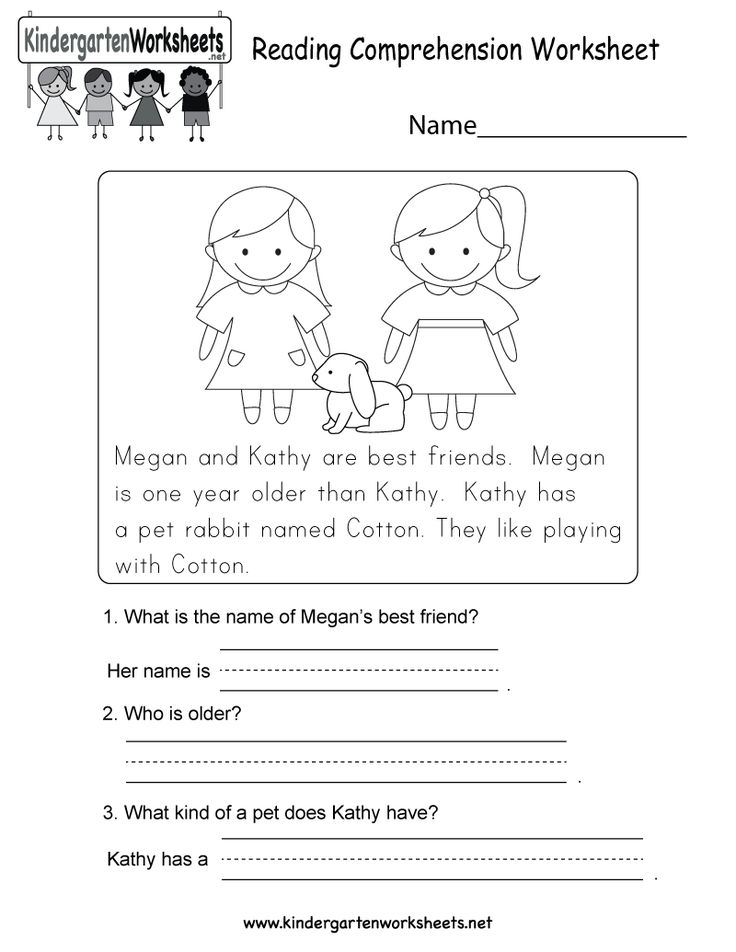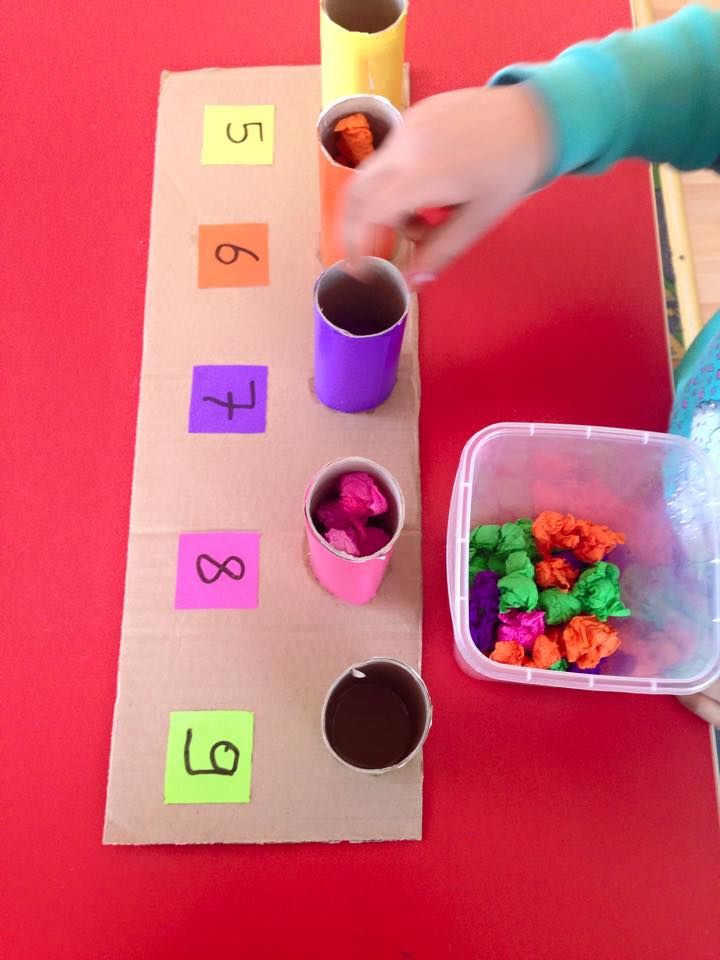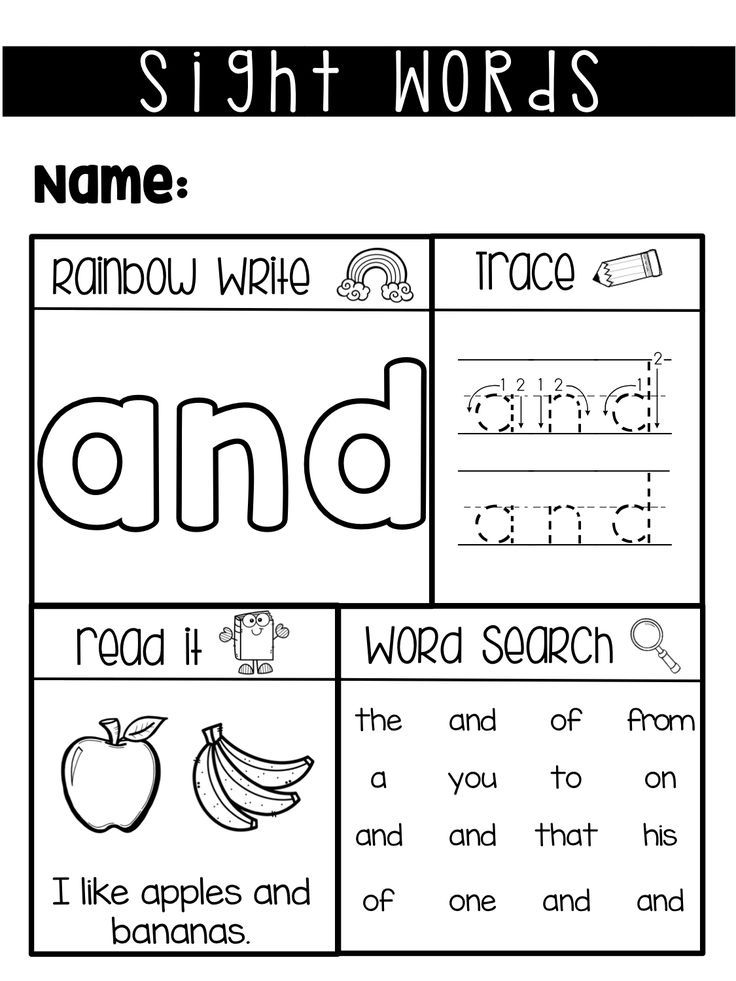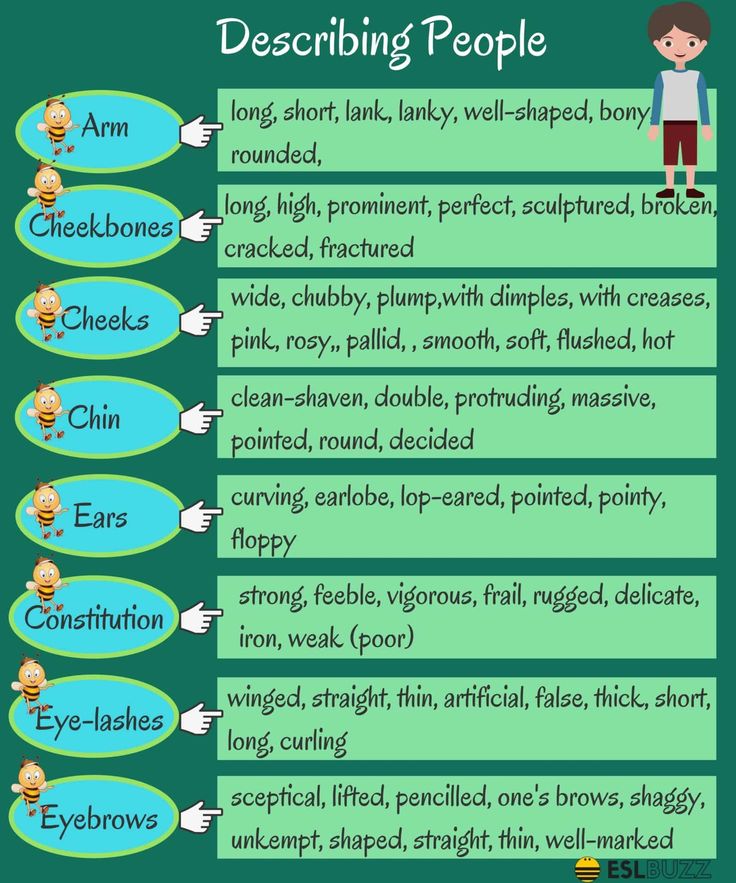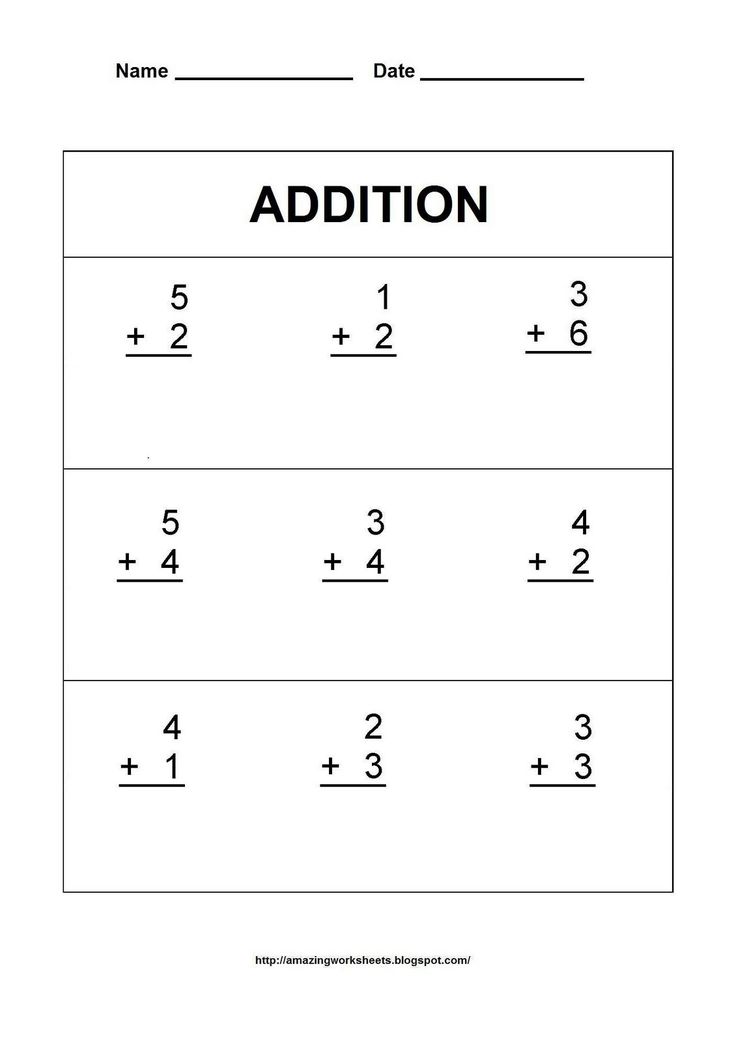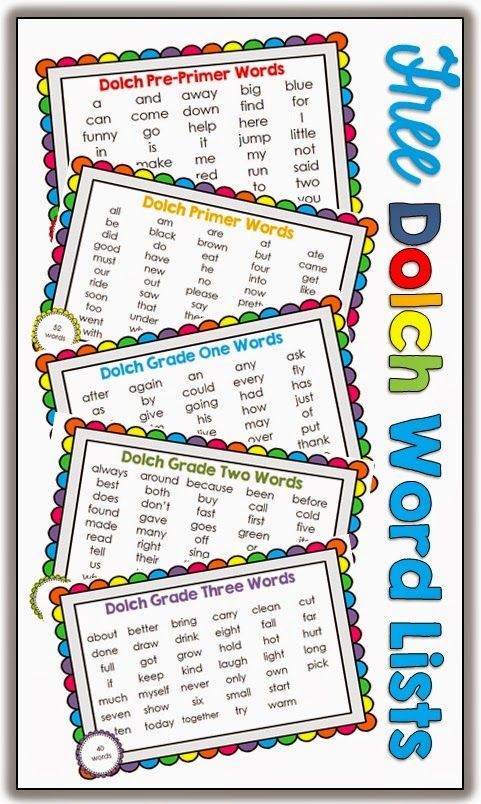First little readers levels explained
An overview of the guided reading levels
PSPKK123January 10, 2018 • 16 Comments
This post contains affiliate links. As an Amazon Associate I earn from qualifying purchases.
Sharing is caring!
This post will give you a simple overview of the guided reading levels from A-P.
This post contains affiliate links.
UPDATE COMING SOON: As I learn more about the science of reading, I am revising my approach. I absolutely believe in using small groups to teach our readers, but I no longer believe that this has to be guided reading in the traditional sense. Watch for an update to this post in the coming month!
Welcome to post number 2 in our series, How to Teach Kids to Read Using Guided Reading.
As a teacher of guided reading, it’s important that you have a consistent system for leveling your books. That’s because one essential of guided reading is leveled texts.
You need a system for analyzing texts and organizing them for teaching your small groups.
My favorite leveling system is the Fountas & Pinnell text level gradient – also called the guided reading levels. Let’s look at how these levels correspond to different grade levels in K-3.
Of course, kids will read at different levels. My oldest three kids all started school reading at level J or higher, while my fourth child started kindergarten at level B.
You’ll also find that you’ll have older readers who are reading at a lower level. It’s not unusual to have a second grader start the year at a level G, for example.
What’s the answer? A guided reading library of leveled books.
In the next post in this series, I’ll tell you where to find those books. For now?
Let’s take a look at examples of each level.
Level A Books
I Can Run Big Cat I Hug I See a Cat
- Have just one line of text per page
- Use predictable language patterns
- Have many simple sight words
- Use a large, clear font
- May be just 8 pages long
Level B Books
Up I See and See Pig Has a Plan Have You Seen My Cat?
- Are very much like level A
- Have up to 2 lines of text per page
Level C Books
Pie for Chuck Little Ducks Go The Fly Flew In Bad Dog
- Are similar to levels A & B
- May be longer, with 2-5 lines of text per page
- Include mostly 1-2 syllable words
- Have many easy decodable words
Level D Books
Car Goes Far Ed and Kip Fix This Mess Sick Day
- Are similar to level C
- Have slightly more complex stories
- May have sentences with 6+ words
Level E Books
Pete Won’t Eat A Night at the Zoo The End of the Rainbow Grace
- Have 2-8 lines of text per page
- Have more complex stories
- Have fewer repeating patterns
- May have sentences that carry over more than one line
- May have more pages than previous levels
Level F Books
Biscuit series Just Like Daddy “What is That?” Said the Cat A Hippo in Our Yard
- Are similar to level E
- Sentences may have 10+ words
- May have a slightly smaller font
- Stories start to have a clear beginning, middle, and end
Level G Books
Are You Ready to Play Outside? More Spaghetti, I Say! Just For You Sheep in a Jeep
- Are similar to level F
- Have 1, 2, and 3-syllable words
- Have more challenging vocabulary and ideas
Level H Books
Old Hat New Hat Just Me and My Dad Sammy the Seal The Watermelon Seed
- Include decodable words of 2 or more syllables
- May have a smaller font
- Have slightly more challenging ideas and vocabulary
- Are more literary and less repetitive
Level I Books
Don’t Let the Pigeon Drive the Bus! Hi Fly Guy Big Dog … Little Dog There’s a Nightmare in My Closet
- Are similar to level H
- Include complex and compound sentences
- Have more complex stories with varied themes
Level J Books
A Friend for Dragon Henry and Mudge series Poppleton series Mr. Putter & Tabby series
Putter & Tabby series
- Have 3-12 lines of text per page
- May have short chapters
- Include words with complex spelling patterns
- May have very few illustrations
Level K Books
Frog and Toad series Mercy Watson series Ling & Ting series Nate the Great series
- Are similar to level J, but are often longer
- Still have a reader-friendly layout
Level L Books
George and Martha books Oliver and Amanda pig books Pinky and Rex series Tacky the Penguin
- Have 5-24 lines of print per page
- Have a more challenging layout
- May have minimal or no illustrations
- May be 60-100 page long chapter books
- Are often simple chapter books with short chapters
- Include 1, 2, 3, and 4-syllable words
Level M Books
Judy Moody series Vacation under the Volcano Junie B. Jones series Marvin Redpost series
- Include longer, more complex stories
- Have elaborate plots and multiple characters
- May have no illustrations
Level N Books
The A to Z Mysteries series The Enormous Crocodile Gooney Bird series Nikki & Deja series
- Similar to level M, but slightly more challenging
Level O Books
Ramona series Mrs. Piggle Wiggle books Huey & Julian books Amber Brown series
Piggle Wiggle books Huey & Julian books Amber Brown series
- Similar to level N, but slightly more challenging
Level P Books
Bad Kitty books Encyclopedia Brown series Magic School Bus chapter book series Wayside School series
- Similar to Level O
- Slightly more complex themes
- Greater use of figurative language
And there you have it! An overview of the guided reading levels from A-P.
Check out our whole guided reading series:
Get your free overview of the guided reading levels!
CLICK TO DOWNLOAD
Free Reading Printables for Pre-K-3rd Grade
Join our email list and get this sample pack of time-saving resources from our membership site! You'll get phonemic awareness, phonics, and reading comprehension resources ... all free!
Sharing is caring!
Filed Under: Reading, Balanced literacy Tagged With: guided reading, first grade, second grade, kindergarten
You May Also Enjoy These Posts:
Subtraction board game using flash cards
Easy prep winter crafts for kids in preschool
Trackbacks
What Does Guided Reading in Levels A, B, and C Mean?
Educator Resources
Jalissa 6 Comments
In the second post of our Reading Conferences with Beginning Readers blog, our literacy team discusses leveled texts for Kindergarten and what students should learn at levels A through C.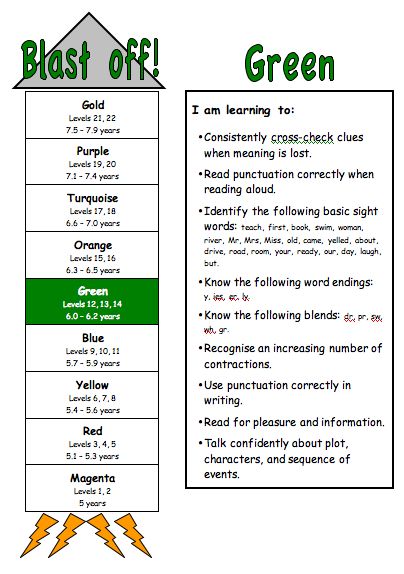 This post is taken from our free, downloadable Reading Conferences by Bebop Books guide.
This post is taken from our free, downloadable Reading Conferences by Bebop Books guide.
Don’t miss our first post sharing reading conferencing strategies for beginning readers.
Your students are expected to grow from a level A to level C or D by the end of year. But what does that mean?
What makes a book a level A versus a level B? What does a reader at level A need to be able to do? When is a reader ready to move to the next level in kindergarten?
About the Books and Readers at Level A
Books at Level A are designed to assist children in practicing early reading behaviors. The stories are highly predictable. The text is often made up of one-syllable words. Children at this level typically have 12+ books in a plastic bag or bin at a time. An example spread is below from We Play Music:
Conferences to help children with one-to-one matching, moving from left to right across a page, reading the left page before the right page, or checking the pictures for support begin with the teacher asking the child to read the book aloud.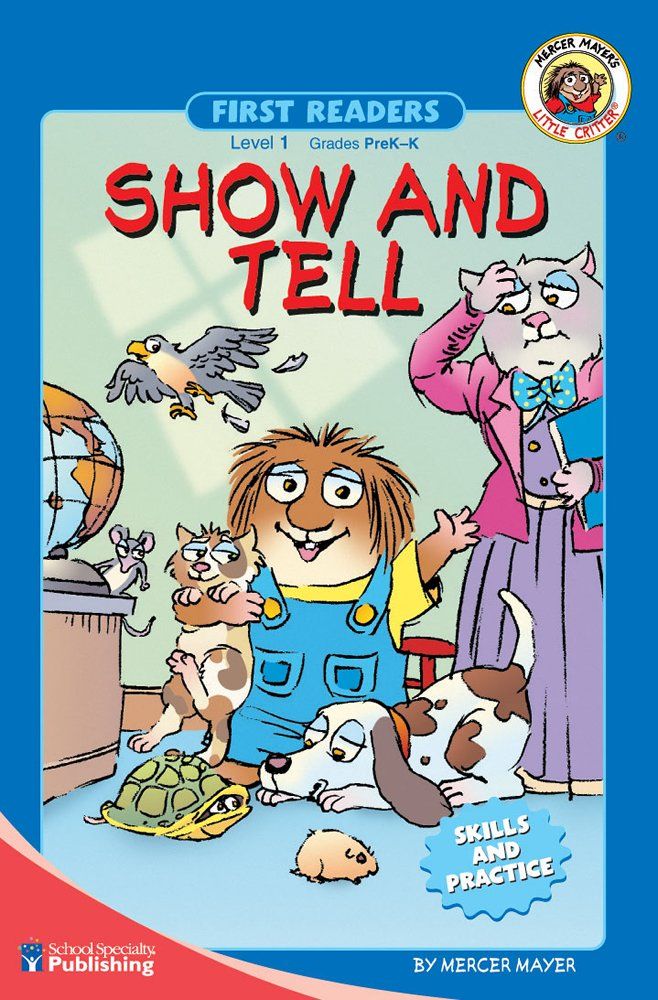 Readers at this level should be encouraged to use their finger to track the text as they read.
Readers at this level should be encouraged to use their finger to track the text as they read.
Readers at level A are working on the following skills and behaviors:
- Moving from left to right across a page
- One-to-one matching
- Using pictures and the text to read
- Reading sight words automatically and accurately
- Retelling/summarizing/synthesizing
- Inferring
About the Books and Readers at Level B
Books at level B are very similar to books at level A and are designed to assist children in early reading behaviors. There are a few differences between level A and level B books. While it is uncommon to find a multisyllable word in the middle of a sentence in a level A book, it may occur in a level B book. Sometimes the text follows a simple pattern, but it is a word at the beginning or in the middle of each sentence that changes. An example spread is below from Train Ride:
To research a child’s ability to retell, summarize, or infer, the teacher should begin by asking one or two questions to engage the child in a conversation about the book.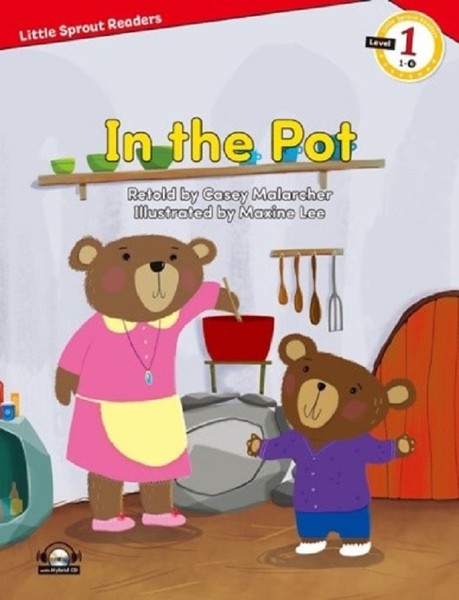 For example, the teacher may ask, “What was this book about?” or “What happened?”
For example, the teacher may ask, “What was this book about?” or “What happened?”
Readers at level B are working on the following skills and behaviors:
- Moving from left to right across a page
- One-to-one matching
- Using pictures and the text to read
- Reading sight words automatically and accurately
- Retelling/summarizing/synthesizing
- Inferring
About the Books and Readers at Level C
Books at level C are designed for children who are beginning to use letter/sound sources of information. The illustrations may provide less text support, and the stories and sentences may be more complex. An example spread is below from What a Street!
When reading books at level C, children must use three sources of information to help them read: meaning, syntax, and visual. When students come across a word they do not know, they need to figure it out by making sure it makes sense, sounds right, and looks right. When conferring with a child, the teacher should coach the child who is stuck on a word to look at the beginning of the word and say a word that makes sense and has the correct first letter.
When conferring with a child, the teacher should coach the child who is stuck on a word to look at the beginning of the word and say a word that makes sense and has the correct first letter.
Readers at level C are working on the following skills and behaviors:
- Using pictures and the text to read
- Reading sight words automatically and accurately
- Using letter(s) of a word (visual) along with meaning and syntax (integrating multiple sources of information)
- Reading fluently upon a rereading
- Retelling/summarizing/synthesizing
- Inferring
These tips and more can be found in our Reading Conferences by Bebop Books Guide.
Interested in ordering Guided Reading books for your kindergarten classroom? Check out our collections of books at levels A, B, and C below:
- Bebop English Guided Reading Level A
- Bebop English Guided Reading Level B
- Bebop English Guided Reading Level C
Get in touch with our team for help creating a customized, diverse Guided Reading collection.
Missed the first post in our Guided Reading in Kindergarten series? Click here to read more.
children's booksdiversityEducatorsguided readingguided reading level Aguided reading level Bguided reading level Cleveled readingliteracyLibroman: a project for young readers
Today we have a guest post from Elena Futalo, the author of the Libroman project, which I recently learned about. And it turned out that it was organized by the mother of a bilingual girl with a goal familiar to all of us - to encourage the child to read books in Russian. Perhaps some of you will find a solution to your problems here, but for now I will give the floor to Elena.
They say today's children don't read! But what about bilingual children born abroad? Is there a magic pill that makes bilingual children happy to read Russian? I never thought that I myself would face such a problem. Daughter 9,5 years old, born in Austria, where we have been living for more than 17 years. The family is Russian-speaking, but the German language turned out to be the leading one (kindergarten, school). Recently, my daughter read “Kashtanka” by A.P. Chekhov. I liked it very much. I told her that if she did not read in Russian, then it would be impossible to appreciate the full depth of the work. It is better to read books in the original language. But we did not come to this right away!
The family is Russian-speaking, but the German language turned out to be the leading one (kindergarten, school). Recently, my daughter read “Kashtanka” by A.P. Chekhov. I liked it very much. I told her that if she did not read in Russian, then it would be impossible to appreciate the full depth of the work. It is better to read books in the original language. But we did not come to this right away!
Speaking is one thing, but it is difficult for our bilinguals to read Russian. I have been reading books to my daughter in Russian since childhood. They started with poems by A. Barto, K. Chukovsky, S. Marshak. My daughter liked Russian folk tales. At a younger age (at 3-4 years old) we have already begun to put letters into syllables, then read syllable by syllable, but without violence against the child, in a playful way, so as not to tire the child. A curious incident happened to us: in the Austrian system, children in kindergarten or elementary school are NOT taught to read. They believe that it is the responsibility of the parent. I was horrified, because I am not fluent in German. How to teach a child to read German and prepare for school? I decided to continue teaching my daughter to read Russian. At some point, my daughter began to add syllables and read words in German. I asked: “Did they teach you this in the garden?” “No,” the daughter replied. “In kindergarten, we still learn letters. I taught myself!“. I realized that no matter what language you learn to read, if the child has mastered reading skills, he will transfer them to another language. This phenomenon of the transition of the skills of pronunciation, reading and writing acquired by a person from one language to another is also mentioned in the book by Naomi Steiner, Susan Hayes: “Foreign as native. Help your child learn two languages at once.”
They believe that it is the responsibility of the parent. I was horrified, because I am not fluent in German. How to teach a child to read German and prepare for school? I decided to continue teaching my daughter to read Russian. At some point, my daughter began to add syllables and read words in German. I asked: “Did they teach you this in the garden?” “No,” the daughter replied. “In kindergarten, we still learn letters. I taught myself!“. I realized that no matter what language you learn to read, if the child has mastered reading skills, he will transfer them to another language. This phenomenon of the transition of the skills of pronunciation, reading and writing acquired by a person from one language to another is also mentioned in the book by Naomi Steiner, Susan Hayes: “Foreign as native. Help your child learn two languages at once.”
So, the first stage is over! We have learned to read. What's next? The hope that the child will put the tablet aside, turn off the TV and take up the book is very illusory.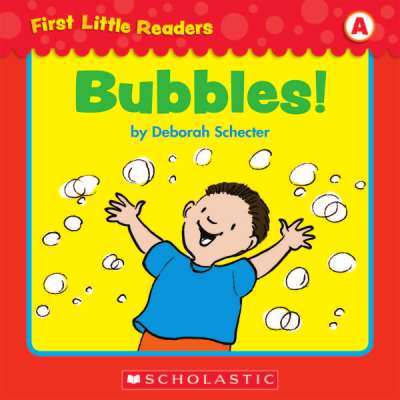 The child was not one of those who himself takes a book and reads. In the Austrian school, the teacher helped a lot with this. Twice a month - going to the library, using modern technology, creating a healthy reading competition among children. There is a very popular computer program in Austrian schools that, if used correctly, encourages elementary children to read. In high school, this program is used by teachers as a reading check. I decided to adopt the experience of the Austrian school. At first, I tried to find an analogue of such a program in the Russian-speaking market, but I did not find it. I had to create my own! This is how the Libroman project was born, with the help of which I motivate my daughter to read in Russian.
The child was not one of those who himself takes a book and reads. In the Austrian school, the teacher helped a lot with this. Twice a month - going to the library, using modern technology, creating a healthy reading competition among children. There is a very popular computer program in Austrian schools that, if used correctly, encourages elementary children to read. In high school, this program is used by teachers as a reading check. I decided to adopt the experience of the Austrian school. At first, I tried to find an analogue of such a program in the Russian-speaking market, but I did not find it. I had to create my own! This is how the Libroman project was born, with the help of which I motivate my daughter to read in Russian.
The purpose of this project is to take tests on the books you read and gain points. At first I was a little skeptical about this idea, but I checked it on my own experience (or rather, on the experience of my daughter) - it works! Especially with children of primary school age.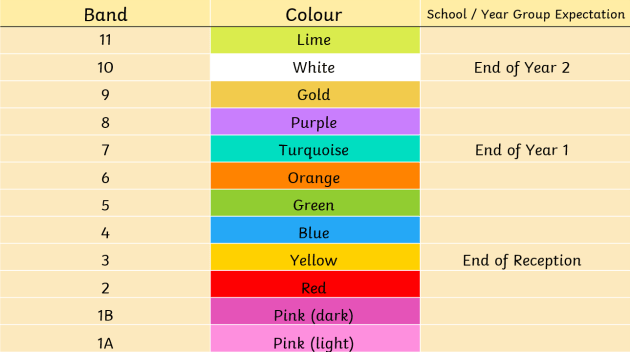 After reading a book, the child wants to see the result of his work. Just praise: “I read the book - you are a great fellow!” is not enough. I passed the time test, saw the results in the form of points scored - this is another matter! Especially if you can see yourself in the community of children, and even get the Best Libroman award! This project is not a panacea, but a tool. If put into the right hands - a teacher or a parent - it can be very useful.
After reading a book, the child wants to see the result of his work. Just praise: “I read the book - you are a great fellow!” is not enough. I passed the time test, saw the results in the form of points scored - this is another matter! Especially if you can see yourself in the community of children, and even get the Best Libroman award! This project is not a panacea, but a tool. If put into the right hands - a teacher or a parent - it can be very useful.
Our project was supported by a Russian school in Vienna. Teachers have the same problems as I do: children do not want to read, especially in Russian. The school enthusiastically became my first test site. Teachers see benefits for themselves: in literature, children are usually given a list of books, for example, for extracurricular reading. How to check that the child has read and, most importantly, understood and learned what he read? Take the book test. According to the test results, you can immediately see whether the child has read the book or not. Teachers at this time can concentrate on more creative and interesting literature assignments.
Teachers at this time can concentrate on more creative and interesting literature assignments.
While working on the project, I had to recycle a huge number of children's books. There are now more than 1000 tests in the online test library. They are helped by philologists. I choose books and then check the results. I read a lot of book reviews and collaborate with literary critics. I understand that many parents do not have the opportunity to study children's literature in such detail, so I decided to share my findings with other parents: every day on the Libroman Facebook page I publish short annotations to children's books (by age, headings). This should help busy parents find a book for their child. Sometimes I publish recommended lists of books on a particular topic. I am very proud of the list: 100 best children's books compiled by literary critic and mother of two wonderful children Galya Yuzefovich.
You can agree with your child: to read a difficult book in Russian together, explaining some points along the way, and the child should read an easier and shorter book in Russian himself and pass the test. And remember that those who are actively involved in the development of the child succeed in preserving and developing their native language: they communicate a lot with the child on a variety of topics, try to captivate them with literature and films in Russian. My daughter and I find interesting courses or Skype classes in Russian. This also contributes to the development and enrichment of the Russian language.
And remember that those who are actively involved in the development of the child succeed in preserving and developing their native language: they communicate a lot with the child on a variety of topics, try to captivate them with literature and films in Russian. My daughter and I find interesting courses or Skype classes in Russian. This also contributes to the development and enrichment of the Russian language.
In the future, I plan to create literary clubs (Libroman offline) in different countries so that children can meet, discuss and "infect" each other with the books they read. For this I need enthusiasts and lovers of reading in different countries! For the first time we will hold such a meeting of children in Vienna in early June and we will definitely share the results.
Yes, the goal of raising a bilingual child who will read not only in the leading language is ambitious! But the main thing is to move towards its achievement! Good luck and keep reading!
If you have any questions, ask them, and the author of the post will definitely answer!
A child's best friends are books: their benefits and role in development
All parents want their children to be curious and eager for knowledge, and, as a result, would achieve success in life. One of the best means of development at all times were books. Taking into account the leading role of the book in the development of the child, parents and teachers are faced with the task of teaching them to love the book. From our article, you will learn about the benefits of reading books for children and the meaning of reading at different ages.
One of the best means of development at all times were books. Taking into account the leading role of the book in the development of the child, parents and teachers are faced with the task of teaching them to love the book. From our article, you will learn about the benefits of reading books for children and the meaning of reading at different ages.
-
1 Why read books to children
-
2 The book is the key to child development
-
3 Reading circle for children of different ages
-
4 What literature is interesting for children of different ages
-
5 We read and educate
-
6 Advice on Purchasing Children's Literature
-
6.1 This video will help primary school teachers instill a love of reading in their students
-
Why read books to children
Children love to be read to Children love to be read to. It is from the parents that the baby hears the first poems and fairy tales, and if the parents do not ignore reading even the smallest, then with a very high probability the book will soon become the child's best friend. Why? Because book :
Why? Because book :
- expands the child's understanding of the world
- introduces everything that surrounds the child: nature, objects, etc.
- influences the formation of preferences and reading tastes of the child
- develops thinking - both logical and figurative
- expands vocabulary, memory, imagination and fantasy
- teaches how to make sentences correctly.
Children to whom parents read aloud regularly begin to understand the structure of a literary work (where the beginning, how the plot unfolds, where the end comes). Through reading, the child learns to listen - and this is important. Getting acquainted with books, the child learns his native language better.
“Children who were constantly read aloud and told fairy tales become readers for life. And also - those children whose parents love to read love a book.
Children usually look forward to being read to by their parents.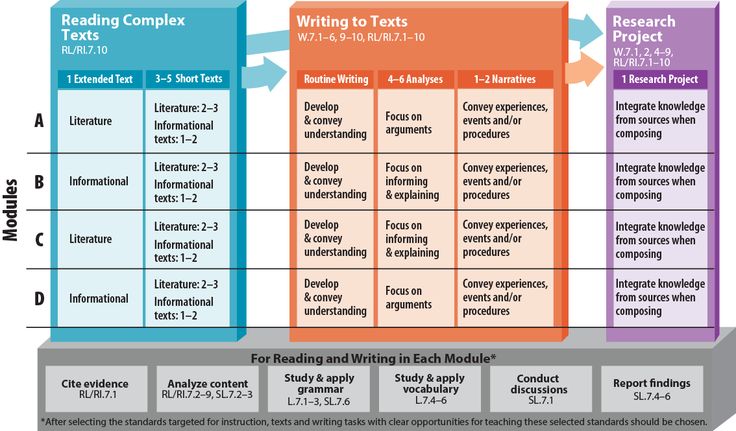 Reading aloud is of great importance for those children who can already read the book themselves. Family reading is a guarantee of well-being, a way of communication between parents and children, a method of education and good leisure. That is why mom and dad should always have time to read to children.
Reading aloud is of great importance for those children who can already read the book themselves. Family reading is a guarantee of well-being, a way of communication between parents and children, a method of education and good leisure. That is why mom and dad should always have time to read to children.
Psychologists believe that children to whom parents read books are emotionally balanced and self-confident.
Here's what happens when we read together:
- Children who are often read to feel close, protected, safe. Such children are much more comfortable to live than those who are deprived of the joy of reading.
- While reading together, children form a moral attitude towards the world. The heroes of the books do a variety of things, get into false situations, make decisions - all this the child can discuss with the parent, while forming an understanding of good and evil, friendship and betrayal, sympathy, duty, honor.
- During active listening, the child vividly imagines what is being narrated and experiences it.
 At these moments, he develops emotionally and, often identifying himself with the main character, overcomes his own fears.
At these moments, he develops emotionally and, often identifying himself with the main character, overcomes his own fears. - When listening to a literary work, a child inherits a variety of behavior patterns through a book: for example, how to become a good friend, how to achieve a goal, or how to resolve a conflict. The role of parents here is to help compare situations from a fairy tale with situations that can happen in real life.
"Family reading is an indicator of a good, prosperous family."
The book is the key to the development of the child
The book forms the worldview of the child and gives him knowledge Early childhood and the preschool period is a time that must not be missed in order to lay the most valuable qualities in the child, because it is at this time that the inner world of the child is formed. And here a book is a good helper, which helps to shape the worldview of the child, his morality, values, and the general level of culture.
From the first books, the little ones learn about the rules of courtesy and the basics of health, as well as the simplest rules of life. Toddlers are often read short folklore works, unpretentious poems, in which folk wisdom is presented in forms accessible to crumbs.
Listening to reading or reading independently, the child:
- gets acquainted with the past, present and even possible future of the world
- learns to think, analyze, be creative about everything
- develops speech, striving to make it correct, beautiful, rich, clear, imaginative, understandable to everyone
- forms spiritual qualities: compassion, mercy, sympathy, joy in the success of others, kindness, courage
- gets acquainted with art, learns to feel and understand beauty
- forms a positive attitude towards life
- develops a correct perception of nature, a thrifty attitude towards all living things
- learns to appreciate the work of others and be hardworking.

Reading circle for children of different ages
Books should correspond to the age, interests, views of the world, requests, spiritual impulses of the child . It’s good if the book contains the answer to a question that is only still maturing in the mind of a child. Based on this, the reading circle of children of different ages is the circle of those literary works that children read or listen to, adequately perceiving them.What literature is interesting for children of different ages
From 2 to 5 years old. Preschoolers clearly prefer poetry to prose. They are very fond of rhythmic works - poems, songs, ditties, rhyming nursery rhymes, counting rhymes. Many children's works, including folklore, are dynamic and expressive, which is why children of primary preschool age perceive and memorize them so easily. Such works are best suited to the needs of babies, because they are a successful combination of rhythm, intonation, melody and movement.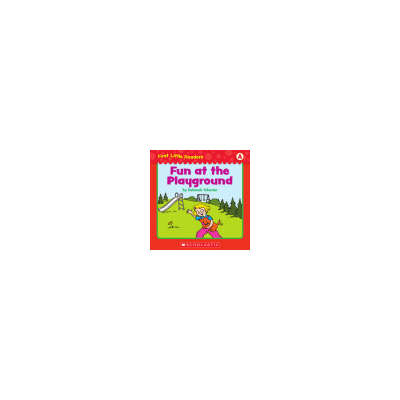 And kids love colorful books.
And kids love colorful books.
From 6 to 8 years old. The reading circle of preschool children is rapidly changing. Children after 5-6 years are no longer interested in nursery rhymes or short poems. At this age, children develop and consolidate reading skills. Children of senior preschool and primary school age prefer more voluminous works with a complex plot and a large number of characters to read them (or listen to) and wait for continuation. They may also be interested in all kinds of children's encyclopedias, where information about the world is available.
From 9 to 13 years old. At this age, readers are interested in the history and life of historical figures (conquerors, scientists, travelers, heroes). They have an interest in moral and ethical issues, reflections on friendship, love, happiness.
From 14 to 18 years old. Readers have their own range of favorite topics and characters: boys have their own, girls have their own. It depends on inclinations, interests, talents, character traits, environment, etc.
It depends on inclinations, interests, talents, character traits, environment, etc.
We read and educate
By teaching a child to read and offering him interesting, informative books, we educate him.
Teaching a child to read and offering him interesting, informative books, we educate him. Books awaken interest in study, work, self-knowledge. Explain to your child that the more he reads, the better he learns. From the moment of coming to school, the child should realize that much knowledge needs to be obtained on his own, and the book will help in this.
Whether a child loves to read depends not only on the teacher. The merit in it, first of all, parents. If an atmosphere of respect for the book reigns in the house, and parents respond to the child's requests to read, help to understand something, then the child will appreciate reading as one of the integral components of life.
In order to develop a love of reading in a child, psychologists recommend:
- Parents should demonstrate their positive example of people for whom reading is a pleasure.
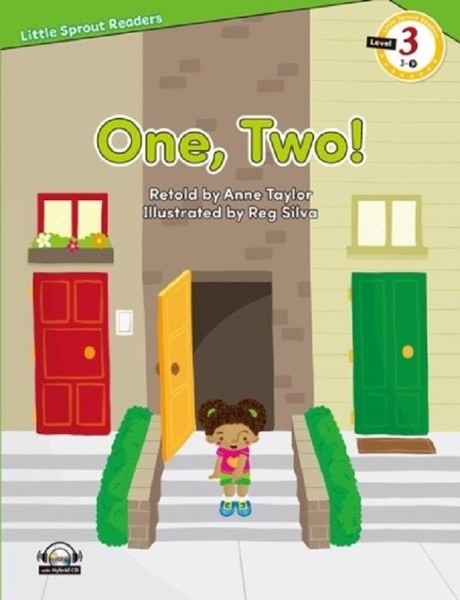 Quote writers, memorize, give examples from the literature, discuss what you read - and the children will see that without reading there is nowhere.
Quote writers, memorize, give examples from the literature, discuss what you read - and the children will see that without reading there is nowhere. - Enroll your child in the library. Go there weekly. Let your child choose their own books and magazines.
- Visit bookstores. Build an interesting children's library at home.
- Start a “Reader's Diary”, which will reflect how many books, which ones and during what period they were read.
- Equip a reading nook at home: a comfortable desk, a bookshelf, toys in the form of fairy-tale characters, etc.
- Shop for inspiring books that are colorful and fun to keep kids interested in reading more.
- Read books based on films with children and vice versa.
- Think of leisure activities related to reading: literary evenings, joint reading or theatrical performances based on works.
- Keep your child friendly with children who love to read.
- Solve crossword puzzles, charades, rebuses, interesting logic puzzles with children.
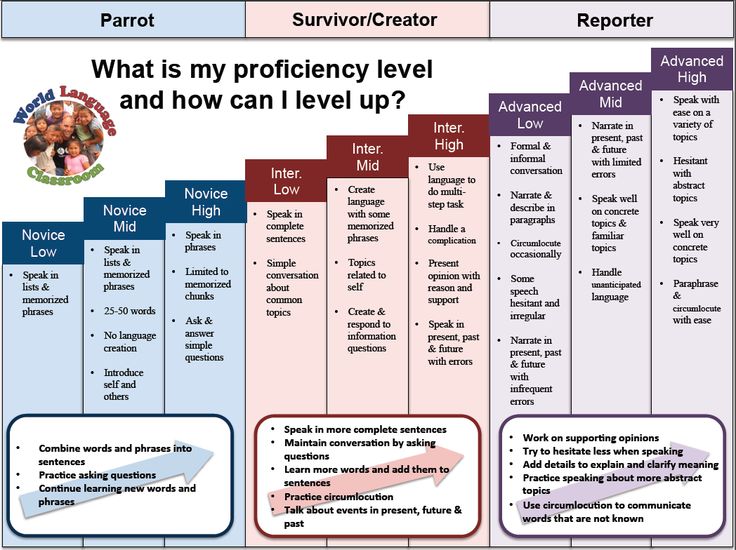
- Encourage children to read aloud, train reading technique, expressiveness.
- Discuss what you have read with your child.
“Council. Do not force your child to read from early childhood, expecting super results: this can completely discourage the desire to read. Better find ways to get him interested."
Recommendations for purchasing children's literature
When choosing a book, think: “What effect will it have on the child? What will he learn?What kind of books will interest children?
- Regardless of the child's age, offer books that have stood the test of time—those we ourselves read as children. They will certainly charge the child with positive emotions, teach kindness, courage, honesty. Of course, the time in which we live also affects the selection of literature. This means that modern authors have worthy works that are suitable for reading to your children.

- When choosing a book, think: “What effect will it have on the child? What new will he learn?
- For preschool children, choose illustrated, thematic various books: about games and toys, nature, wildlife, relationships between people, family, rules of hygiene and behavior.
- Students will be interested in historical and military topics, art, inventions, fantastic adventures, travel, etc.
- Pay attention to the fact that the reading circle of children includes works with a humanistic orientation, affirming goodness, justice, equality, work, world peace, the value of life, health and happiness. After all, the main task of literature is to teach the child to comprehend what they read, analyze and draw conclusions. Reading should develop the mind and soul of the child.
This video will help primary school teachers instill a love of reading in their students
http://www.youtube.com/watch?v=dyRPv41YoS0Video can’t be loaded because JavaScript is disabled: Grab a book, kids! (http://www.



